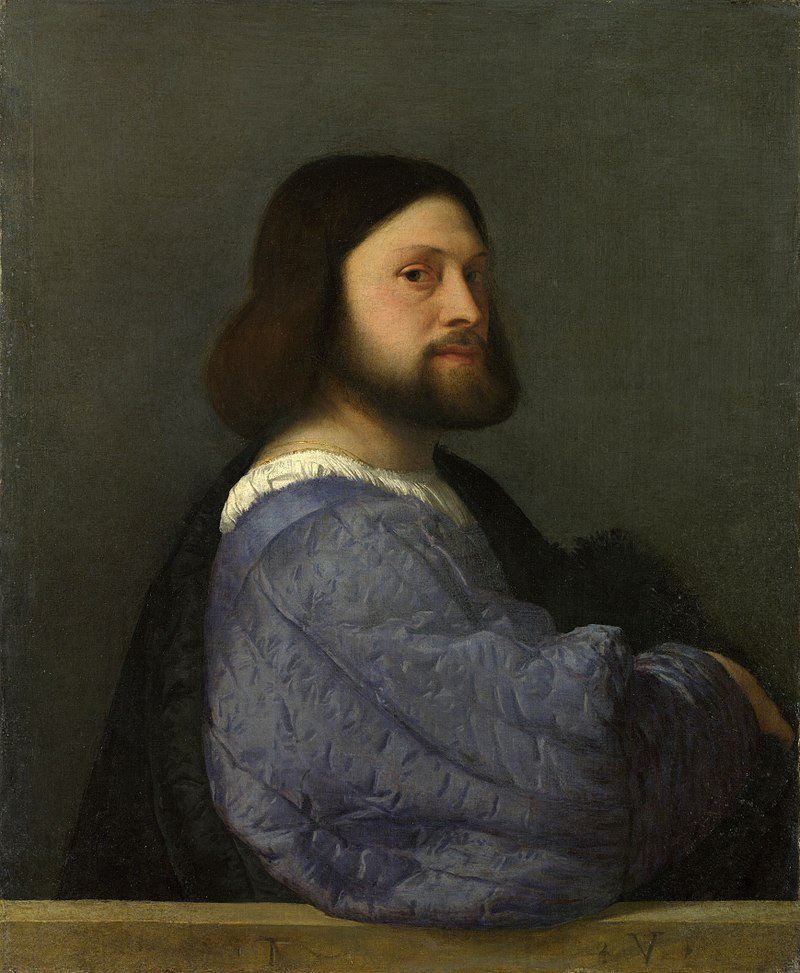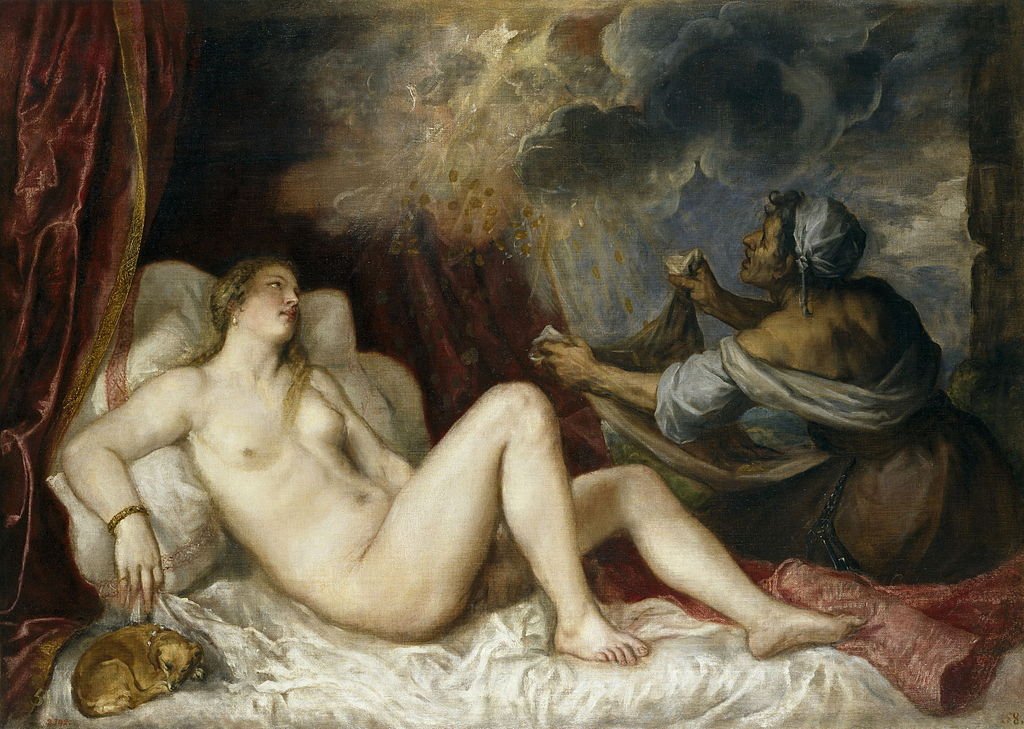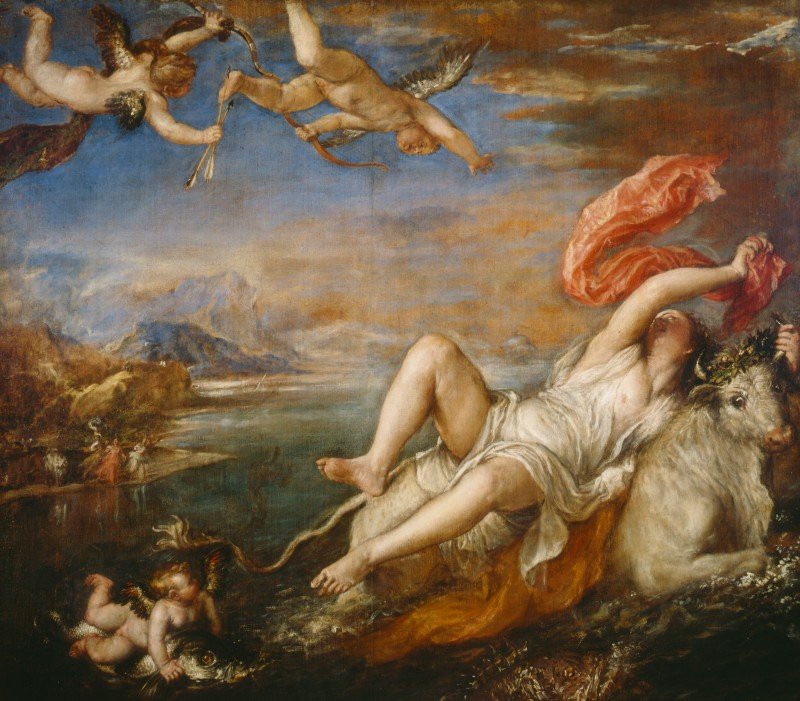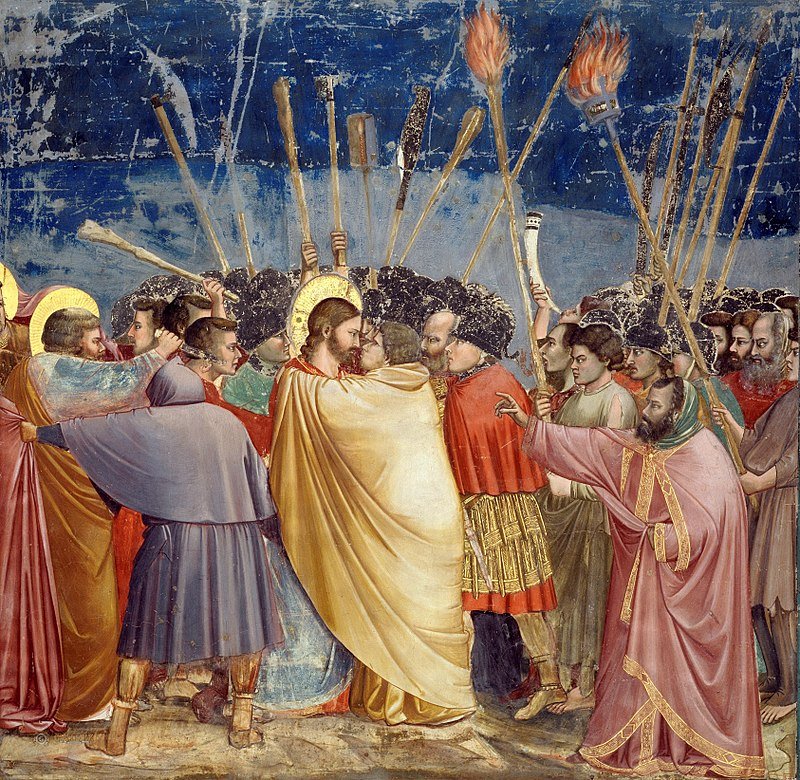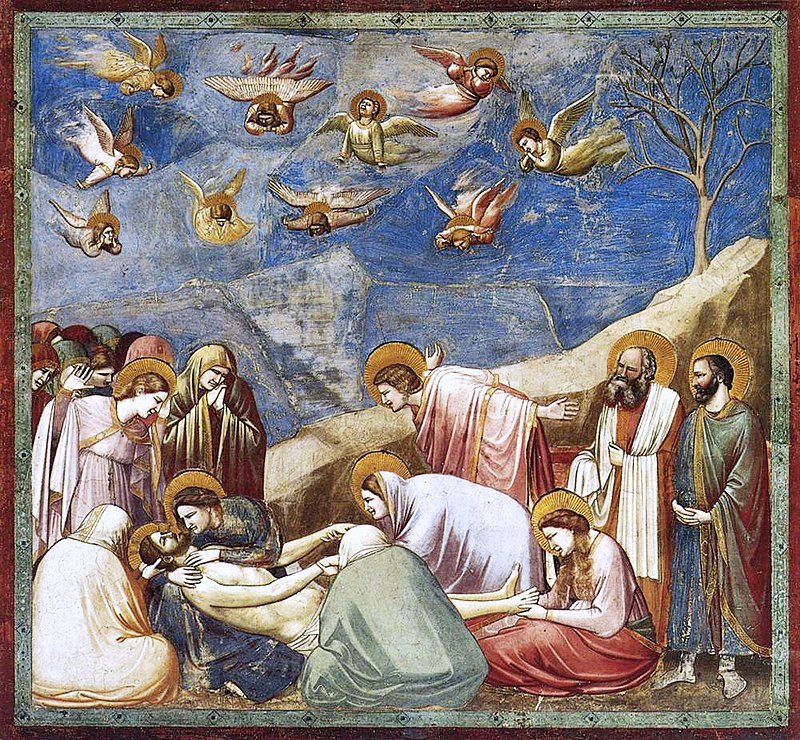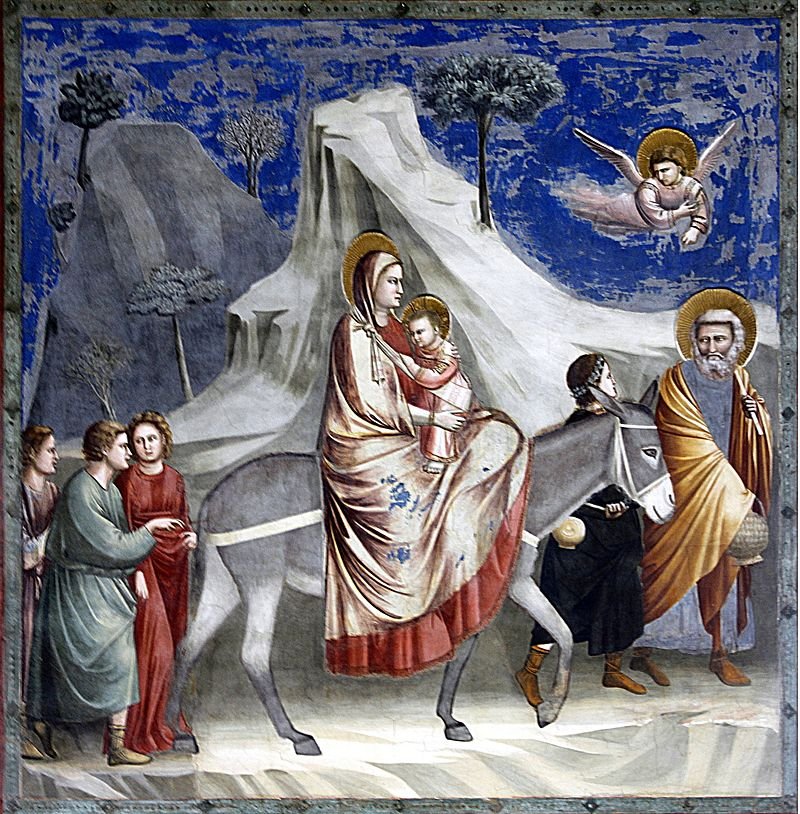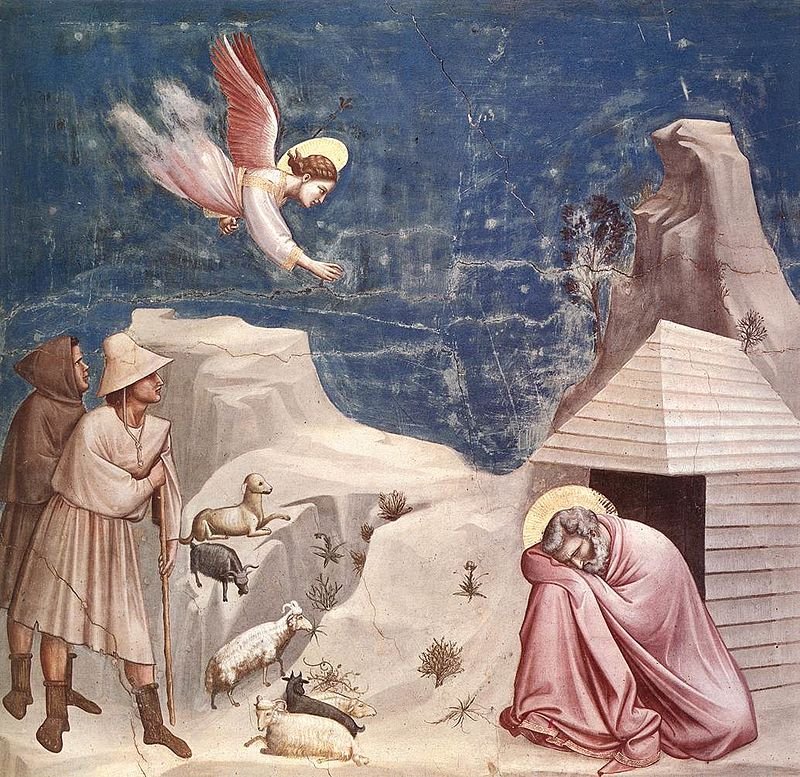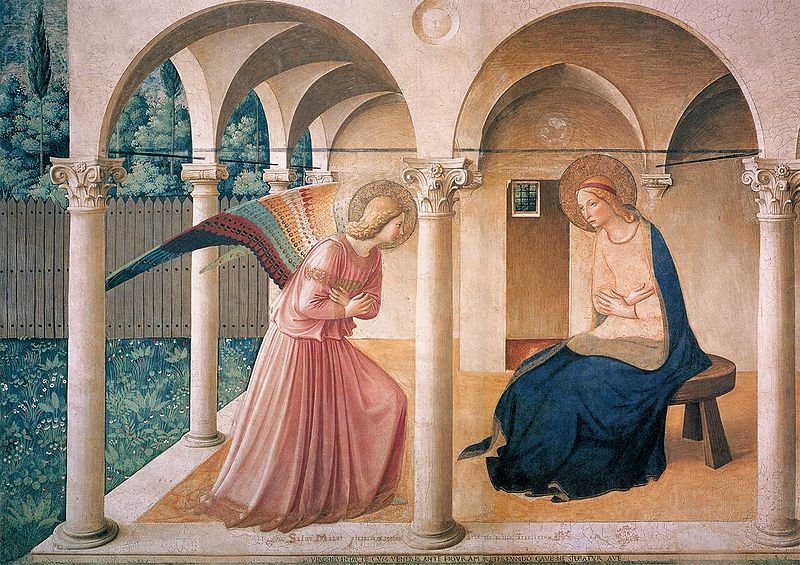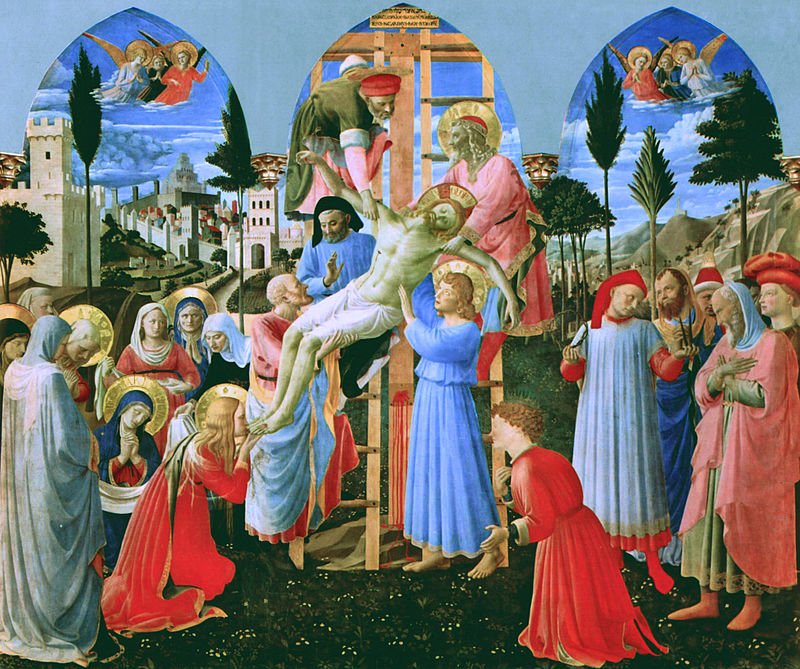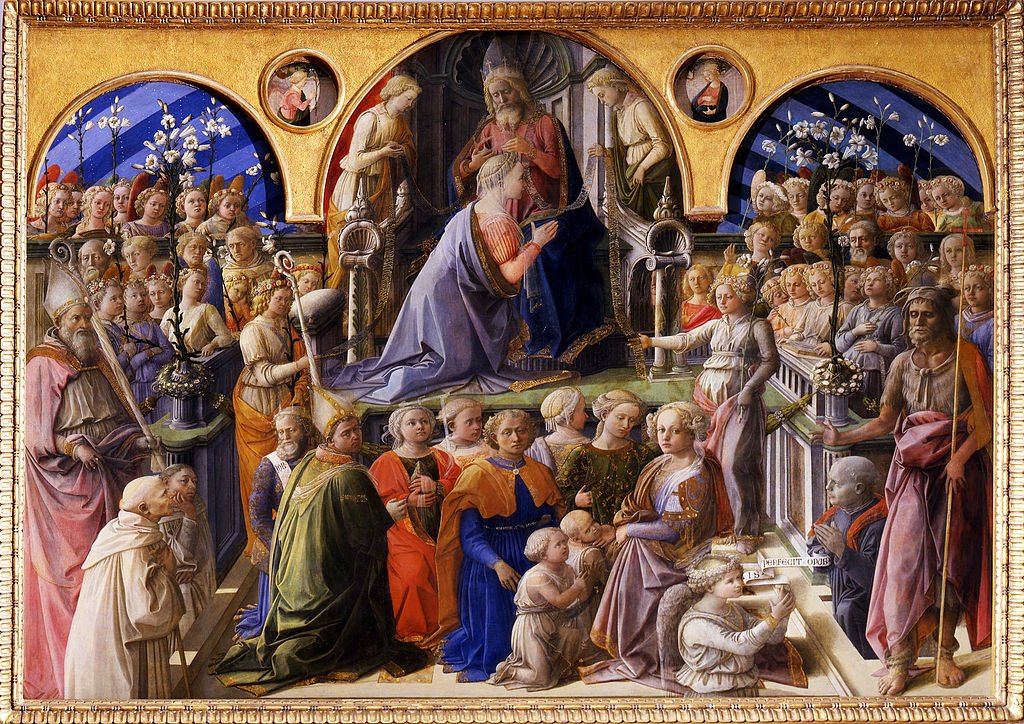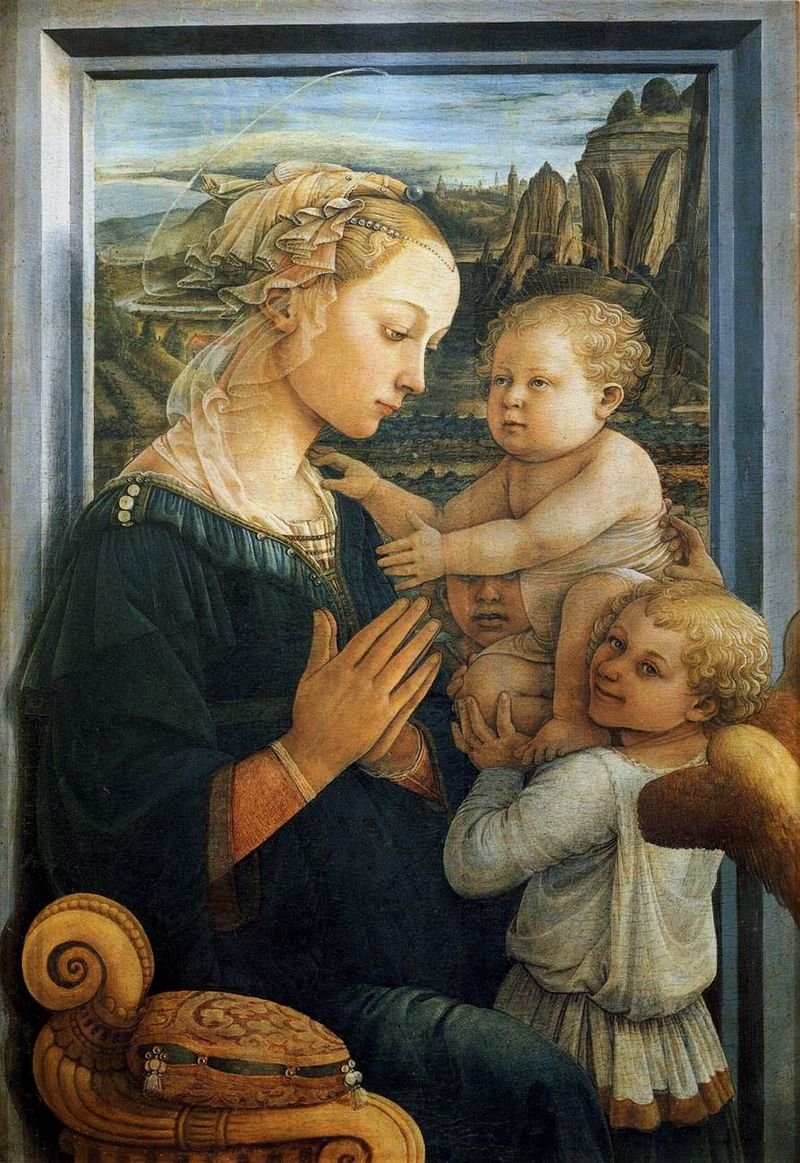Since my bestselling novels, Oil and Marble: a novel of Leonardo and Michelangelo and Raphael, Painter Rome are fiction about three of the most famous Italian Renaissance artists in history, many fans ask who are my OTHER favorite Italian Renaissance masters?
To give space for other artists, I will leave Michelangelo, Leonardo, and Raphael off this list. They are, obviously, #1, #2, and #3 (not necessarily in that order!) Here's my list of the OTHER top 10 Italian Renaissance Artists.
1. Donatello
It seems fitting to start with the fourth Teenaged Mutant Ninja Turtle. Donatello was arguably the greatest Renaissance sculptor—well, before Michelangelo showed up, in my opinion, anyway. Donatello died in 1466— when Leonardo was only 14 years old and almost 10 years before Michelangelo was born—but he left the world with some of our greatest statues including his bronze Judith and Holofernes (the sculpture that Michelangelo’s David replaced when it went on display in front of Florence’s City Hall), his wooden Penitent Magdalena (one of my personal favorites), and his David (pictured to the right), standing triumphant over the severed head of Goliath — which was the most famous statue of the David until, of course, you know who came along.
2. Titian
One of my favorite paintings of all time is Bacchus and Ariadne by the Venetian master, Titian. Five years YOUNGER than Raphael, he was the greatest of the Venetians (argue with me if you want) and in my opinion, one of the greatest painters of all time. Just look at those colors, that movement and dynamism, the story unfolding, and you’ll start to get a sense of just how revolutionary Titian was. Can’t include just one — more Titians below.
3. Botticelli
Painter of Birth of Venus (Right), La Primavera (Below), Sistine Chapel frescos, countless Madonnas, and portraits, Botticelli is arguably the creator of some of the most BEAUTIFUL paintings the Renaissance ever produced.
Botticelli was alive long enough to see all three of my guys achieve fame — he didn’t die until 1510 — but his work is the foundation upon which so many of the High Renaissance masters stood. As a follower of the famed preacher Savonarola, Botticelli legendarily threw some of his own paintings onto the flames of the famed Bonfires of the Vanities, so I’m glad that so many of his masterpieces survived the fire. I love him so much that he shows up as one of the “supporting cast” in my Oil and Marble.
4. Giotto
Giorgio Vasari gave Giotto credit for breaking art out of the Middle Ages and casting it into the Renaissance… MAYBE he’s a more of a Medieval master, but I consider him the father of the Renaissance. His most beloved work is the Scrovegni Chapel in Padua. (He’s also traditionally given credit for the frescos of St. Francis in Assisi, but that’s disputed.)
5. Cellini
Benvenuto Cellini was a Florentine sculptor born RIGHT at the turn of the 16th century — in 1500. He’s considered a “Mannerist,” (the movement inspired by Michelangelo’s powerful, twisting figures), and I place him squarely in the High Renaissance. The statue to the right is his bronze Perseus with the Head of Medusa, which now stands in the Loggia dei Lanzi in Florence’s Piazza della Signoria. It’s one of the most dynamic and alive bronze sculptures in all of history. But my personal favorite work by Cellini is his golden salt cellar below, made for King Francis I of France. It’s small and intricate and delicate, and yet those figures are powerful enough to have influenced sculptors and painters for centuries. Cellini wanted to create works that could rival this of his heroes, Leonardo and Michelangelo. And I think, he did.
6. Masaccio
Masaccio — or “messy Tom” — is one of my favorite artists of the 1400s, and his work is featured in my Raphael. If you visit his Holy Trinity (Left) in Santa Maria Novella in Florence you will see how this fresco looks as though it is a real image inside a real niche carved into the real wall — that’s how brilliant the perspective is. And his Tribute Money — (below) part of the Brancacci Chapel in Santa Maria del Carmine, also in Florence — is like watching a movie: a whole story of one of Jesus’ miracles playing out in three different vignettes (one to the left, one in the center grouping, and one to the right). Masaccio’s mastery of perspective, creating realistic figures, and storytelling makes him one of my all-time favorite Renaissance masters… too bad he died when he was only twenty-seven years old. (Messy Tom seemed to have a premonition that he would die young as the skeleton at the bottom of the Holy Trinity — completed just months before he died — was capped by the inscription: “I once was what you are and what I am you also will be.”)
7. Mantegna
Every time I see this painting, The Lamentation of Christ, by Andrea Mantegna, I think there’s NO WAY that was painted in 1483. I mean, the foreshortening (in painting, the ability to produce the illusion of a body or object projecting back into space) is so remarkable, I keep thinking that this MUST be a modern painting — it’s captures Mantegna’s shocking and brilliant mastery of perspective.
8. Fras Angelico and Filippo Lippi
Okay, this is a cheat because I’m including TWO friars here, but the tondo to the left is credited to both of them, and I LOVE the idea of these two — Fra Angelico, the Angelic one in painting and LIFE style, and Fra Filippo Lippi, the drunk monk, as I affectionately call him — collaborating on this work. Both were forces in their own right in Italian Renaissance painting. Below: first two are Angelicos, second two are Lippis.
9. Ghiberti
Michelangelo dubbed the East doors of the Florentine Baptistery the “Gates of Paradise” because they were beautiful enough to be the entryway to heaven itself. Florentine sculptor Lorenzo Ghiberti won the commission to cast these doors by going up against and beating Donato Brunelleschi in a sculpting contest at the turn of the 15th century. In many ways, these doors heralded the new style in Italian art — heavy on perspective, story, and realism. Just look at the way the perspective recedes through overlapping arches, rounded temples, along rocky landscapes… Legend has it, Michelangelo used to sit in front of these doors and draw them to learn. I’ll admit I did the same when studying in Florence — who can help but be inspired when sitting at the foot of the Gates of Paradise?
10. Brunelleschi
After losing the Baptistery door commission to Ghiberti, Brunelleschi went down to Rome, became a brilliant architect, and returned to Florence to design what is arguably the most iconic image of the Italian Renaissance: the dome of Florence’s cathedral.
I end on this story because it’s one of my favorites: just because you fail with one creative endeavor, don’t give up… your OWN Duomo might be next.
Before you complain, I consider both Caravaggio and Artimesia Gentileschi BAROQUE artists, not Renaissance. I adore them both, but in my estimation, they do not belong on this list.
I also missed a LOT of other brilliant artists. I could’ve kept going to 20, 30… but I decided to force myself to pick just ten. If you disagree with anyone I left out, please find me on social, let me know, and we can discuss!
This website an #AmazonAssociate, so if you purchase a book from any of the links above, this site will earn a small commission at no extra cost to you.
Photo of Florence’s Il Duomo from BigStockPhoto.com


